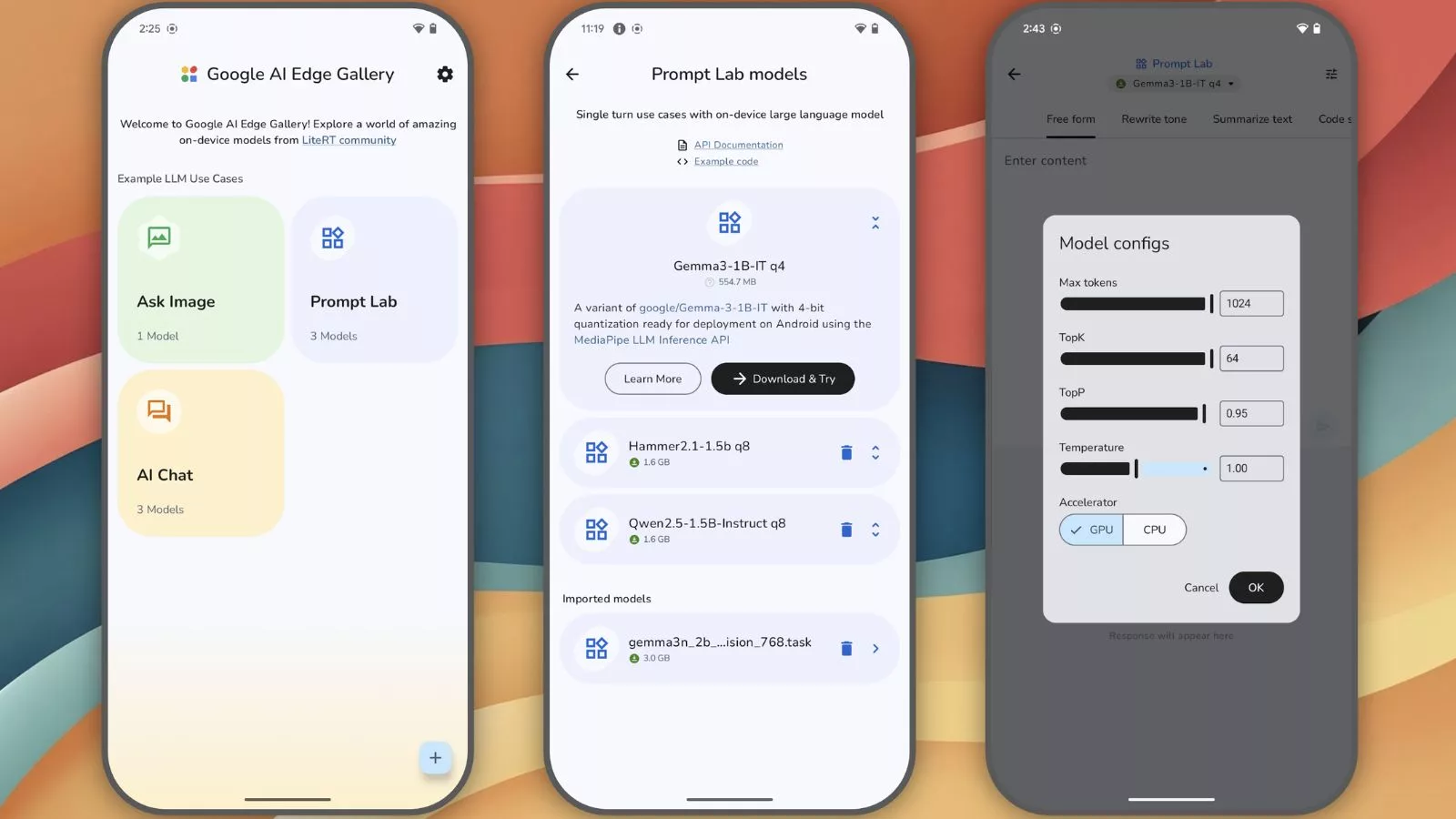
Ever noticed how your favorite apps seem to just get you? Like when Spotify suggests that obscure indie band you’d never admit to loving, or when your fitness app nudges you to hydrate after a sleepless night. That’s not magic—it’s AI. And honestly, it’s changing how we interact with technology on a deeply personal level.
The AI-Personalization Revolution
AI isn’t just about chatbots answering FAQs anymore. Modern mobile apps use machine learning to analyze your behavior, preferences, and even your mood. Here’s the deal: the more you use an app, the smarter it gets at predicting what you’ll do next. It’s like having a digital concierge that remembers your coffee order—before you do.
Key Ways Apps Personalize with AI
- Recommendation Engines: Netflix, Amazon, and TikTok don’t just guess—they learn. AI analyzes your clicks, pauses, and scrolls to serve content you’re statistically likely to engage with.
- Adaptive Interfaces: Some apps change layouts or features based on usage patterns. Imagine a language-learning app that shifts focus to vocabulary you struggle with.
- Predictive Text & Actions: Gmail’s “Smart Reply” or your keyboard’s eerily accurate next-word suggestions? All AI, all the time.
Behind the Scenes: How AI Learns You
Okay, so how does this actually work? Well, most apps rely on a mix of:
| Technique | What It Does | Example |
|---|---|---|
| Collaborative Filtering | Compares your behavior to similar users | “People who liked X also liked Y” |
| Natural Language Processing (NLP) | Understands context in text/voice | Siri recognizing sarcasm (sometimes) |
| Reinforcement Learning | Adjusts based on real-time feedback | A shopping app highlighting deals you click |
And here’s the kicker—these systems improve exponentially. The first time you use an app, it’s clueless. By day 30? It might know you better than your coworkers.
The Creepy/Cool Line
Let’s be real—personalization can feel invasive. Ever talked about hiking near your phone, only to see backpack ads minutes later? That’s AI listening (metaphorically, usually). Apps walk a tightrope between helpful and unsettling. The best ones:
- Explain why they’re suggesting something (“Based on your morning runs…”)
- Offer opt-outs for data collection
- Prioritize transparency over black-box algorithms
Where This Is Heading
We’re entering the era of anticipatory design. Imagine:
- Mental health apps detecting mood shifts from typing speed
- Food delivery predicting cravings based on weather (ramen when it’s rainy?)
- Fitness trackers auto-adjusting goals after detecting stress
The tech isn’t just reactive anymore—it’s starting to preempt needs. Kinda like that friend who brings you coffee before you ask.
Final Thought: The Human Touch in AI
For all its algorithms, the best AI feels oddly human—not because it mimics us perfectly, but because it leaves room for imperfection. The occasional weird recommendation? That’s the machine learning equivalent of a misheard inside joke. And maybe that’s okay.








